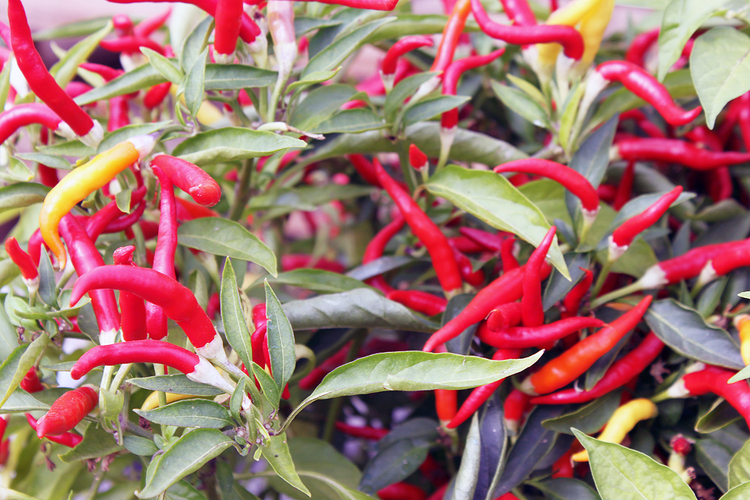
The Sunday Mail

Andrew Mangwarara
IN the African culture, are you really a man if you cannot withstand the bitter taste of hot pepper? Perhaps some would consider you less of a man.
However, whether you can eat them or not, chillies are one of the most popular flavouring spices the world over, being so important in many cultures that some cannot even take a meal without them. There are quite a number of benefits of eating this South American plant.
Among them is their ability to make blood less thick – protecting you from strokes, weight loss, lowering blood pressure, antibacterial properties and pain relief. It is always best to eat dried chillies as these do not cause harm to your stomach lining. You do not want to have ulcers at the same time. Just like other fruits, chillies are rich in vitamin A and C. The pepper family is also addictive; once you develop a taste for it you cannot let them go.
When growing the solanaceae family (tomato) the thing to remember is their susceptibility to nematode attack. Crop rotation thus becomes a very important aspect of growing this group of plants. Grow other less susceptible plants in the same plot such as maize, onions or even marigold when infestation levels are too high.
Grow your plants in a full sun position with well drained and fertile soils. They are also susceptible to a number of fungal, bacterial and viral attacks. The key here is to avoid soil coming into contact with leaves so use drip irrigation or flooding as opposed to sprinklers.
Before you plant your seed it is always a good idea to dust them with a suitable fungicide such as thiram. This prevents damping off when your seedlings germinate. Depending on soil temperatures, germination can take place within a few days but can go up to three weeks.
Plant your garden crop spaced at 40 centimetres in-row and 70 centimetres inter-row. The crop is ready to harvest in under three months. You can keep your chillie pepper for up to 5 years though yields will start to decline at some point. It is, however, important to protect your plants from frost.
Common pests and diseases for chillies include bacterial wilt, fusarium wilt, powdery mildew, blossom end rot, aphids, American boll worm, cutworms and red spider mites. Use cultural methods as much as possible before resorting to chemicals. Use clean seed, clean water for irrigation and avoid excessive use of nitrogen fertiliser. Good hygiene such as washing hands for smokers, avoiding over watering, uprooting and destroying infected plants and sterilising garden tools are important as well.
When harvesting hot chillies it is a prerequisite to wear gloves to avoid accidental contact with your eyes. Yields vary from 1000 kilogrammes to 3000 kilogrammes per hectare in commercial production. The economic potential of bird eyes chillies is tremendous since the export market is available. The crop can be dried and stored for future use. Share chillies with neighbours since they vary in pungency, which can be quite interesting finding the hottest plants in the neighbourhood. Enjoy a hot dish with chillies today.
Feedback: [email protected]



